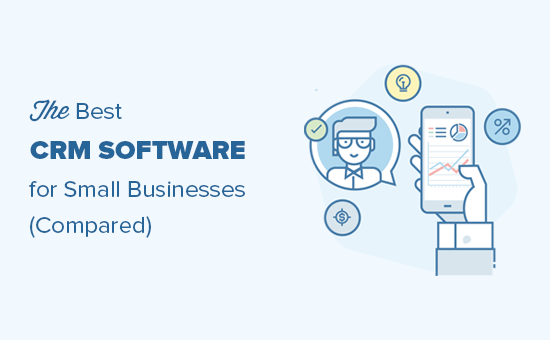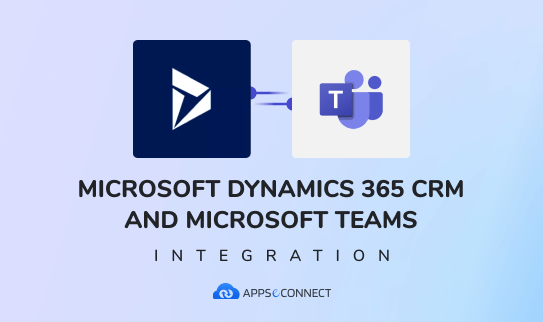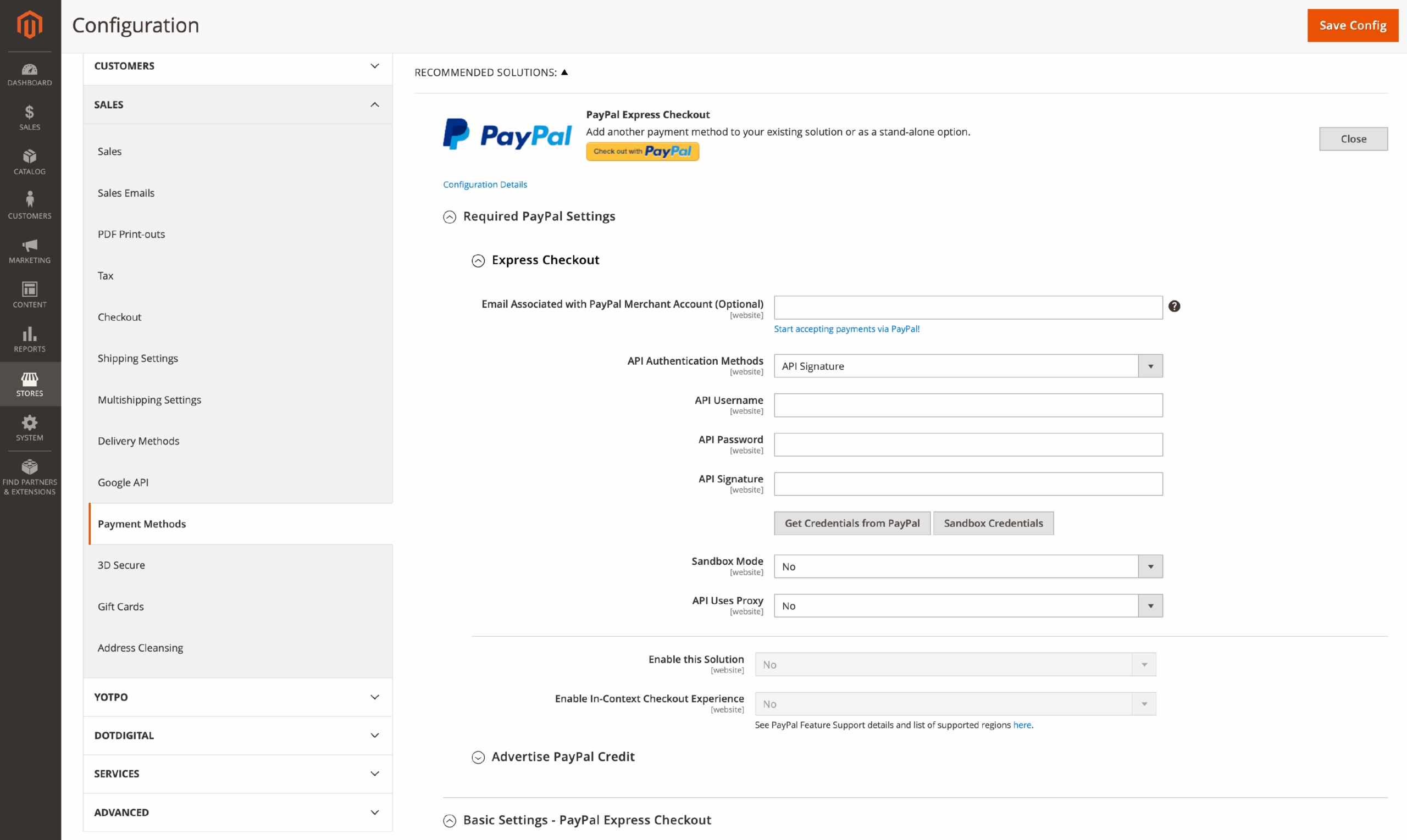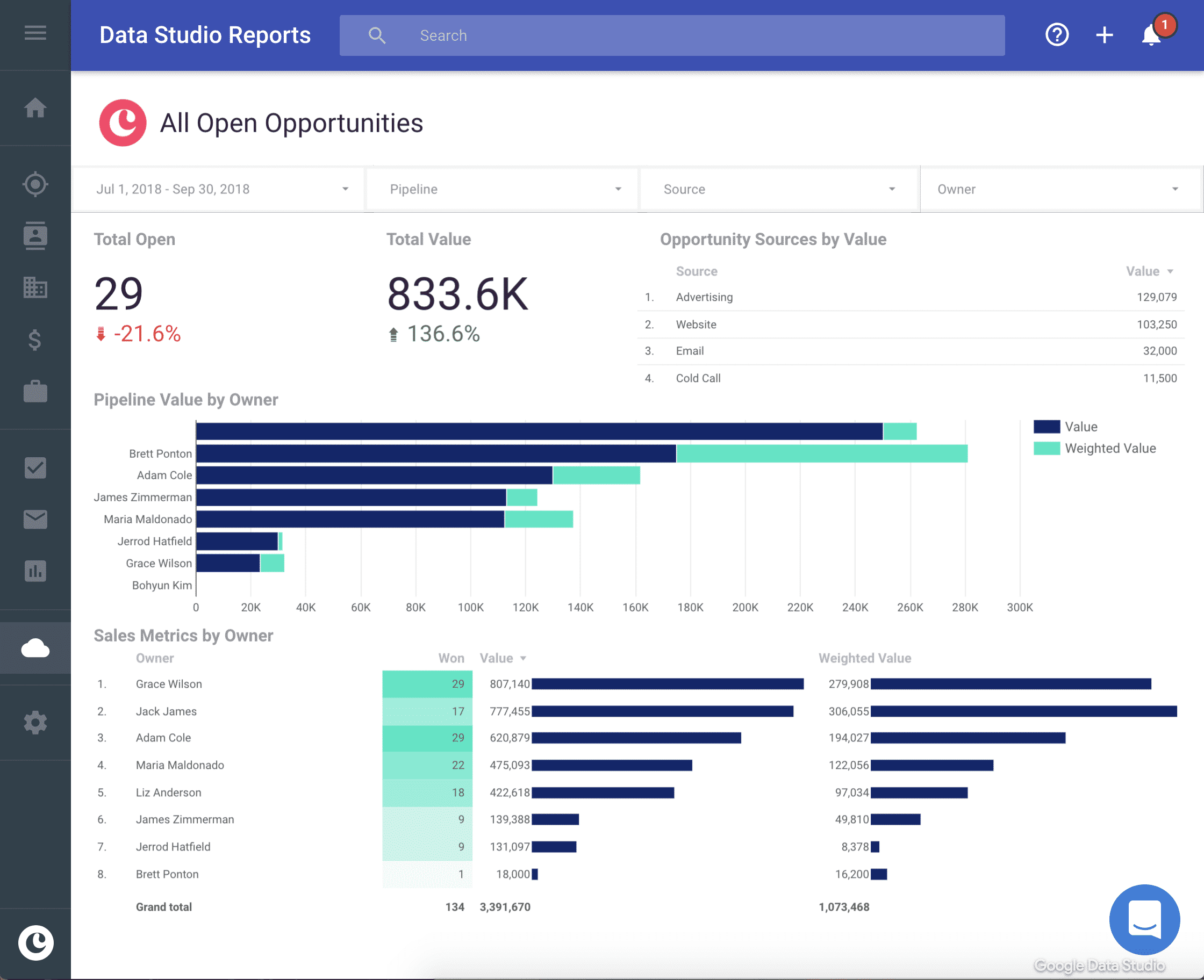Boosting Small Business Productivity: A Comprehensive Guide to CRM Solutions
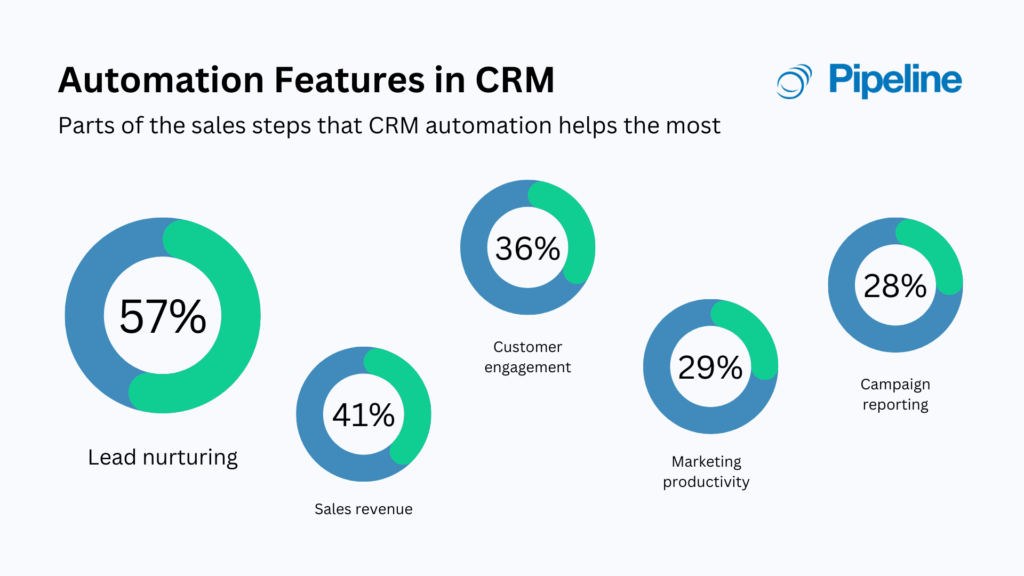
Boosting Small Business Productivity: A Comprehensive Guide to CRM Solutions
Starting and running a small business is a rollercoaster. There are exhilarating highs, like landing your first big client or seeing your product fly off the shelves. But there are also the inevitable lows – the long hours, the constant juggling act, and the feeling that you’re always putting out fires. In this whirlwind, productivity is your most valuable asset. It’s what separates those who thrive from those who merely survive. And in today’s fast-paced business environment, one of the most powerful tools for boosting productivity is a Customer Relationship Management (CRM) system.
This comprehensive guide dives deep into the world of CRM, specifically tailored for small businesses. We’ll explore what CRM is, why it’s crucial for your success, and how to choose the right system to streamline your operations, enhance customer relationships, and ultimately, boost your bottom line. Forget the jargon and complex explanations – we’ll break it all down in a way that’s easy to understand and implement, even if you’re not a tech whiz.
What is CRM, Anyway? Demystifying the Buzzword
CRM. You’ve probably heard the term thrown around. But what does it actually mean? At its core, CRM is a system for managing all your interactions with current and potential customers. Think of it as a centralized hub where you store everything you know about your customers – their contact information, purchase history, communication logs, and any other relevant details.
But CRM is more than just a digital Rolodex. It’s a strategic approach to building and nurturing relationships with your customers. It’s about understanding their needs, anticipating their desires, and providing them with the best possible experience. This, in turn, leads to increased customer loyalty, repeat business, and ultimately, a thriving business.
Here’s a breakdown of the key functions of a CRM system:
- Contact Management: Centralizing all customer contact information, including names, addresses, phone numbers, email addresses, and social media profiles.
- Sales Automation: Automating repetitive sales tasks, such as lead tracking, follow-up emails, and appointment scheduling.
- Marketing Automation: Streamlining marketing campaigns, including email marketing, social media management, and lead nurturing.
- Customer Service: Providing a centralized platform for managing customer inquiries, resolving issues, and tracking customer satisfaction.
- Reporting and Analytics: Providing insights into your sales, marketing, and customer service performance, allowing you to make data-driven decisions.
Why CRM is a Game-Changer for Small Businesses
In the early days of a small business, you might be able to keep track of everything in your head or using spreadsheets. But as your business grows, this approach quickly becomes unsustainable. CRM offers a multitude of benefits that can dramatically improve your productivity and overall business performance.
1. Enhanced Customer Relationships
At the heart of any successful business is strong customer relationships. A CRM system allows you to:
- Personalize interactions: With all your customer data in one place, you can tailor your communication and offers to individual customer needs and preferences.
- Improve customer service: Quickly access customer information, resolve issues efficiently, and provide a seamless customer experience.
- Build customer loyalty: By consistently providing excellent service and personalized attention, you can foster strong customer relationships and encourage repeat business.
2. Increased Sales Efficiency
CRM systems are designed to streamline your sales process and help you close more deals. Here’s how:
- Lead management: Track leads, qualify them, and nurture them through the sales pipeline.
- Sales automation: Automate repetitive tasks, such as follow-up emails and appointment scheduling, freeing up your sales team to focus on closing deals.
- Improved sales forecasting: Analyze sales data to predict future sales and make informed business decisions.
3. Improved Marketing Effectiveness
CRM systems provide valuable insights into your customers, allowing you to create more targeted and effective marketing campaigns:
- Segmentation: Segment your customer base based on demographics, purchase history, and other criteria to create targeted marketing messages.
- Personalization: Personalize your marketing campaigns to resonate with individual customer needs and preferences.
- Campaign tracking: Track the performance of your marketing campaigns and identify areas for improvement.
4. Streamlined Operations
CRM systems can automate many of the manual tasks that consume your time and resources, leading to increased efficiency and productivity:
- Automated workflows: Automate tasks such as lead assignment, follow-up emails, and appointment scheduling.
- Centralized data: Keep all your customer data in one place, eliminating the need to switch between multiple systems.
- Improved collaboration: Facilitate communication and collaboration between your sales, marketing, and customer service teams.
5. Data-Driven Decision Making
CRM systems provide valuable data and analytics that can help you make informed business decisions:
- Sales reports: Track sales performance, identify trends, and make informed decisions about your sales strategy.
- Marketing reports: Analyze the performance of your marketing campaigns and identify areas for improvement.
- Customer service reports: Track customer satisfaction, identify common issues, and improve your customer service processes.
Choosing the Right CRM for Your Small Business
Selecting the right CRM system is crucial for its successful implementation and your return on investment. With so many options available, it can feel overwhelming. However, by carefully considering your needs and evaluating different systems, you can find the perfect fit for your small business.
1. Assess Your Needs
Before you start looking at different CRM systems, take some time to assess your business needs. Consider the following:
- What are your primary goals for implementing a CRM? Are you looking to improve customer relationships, increase sales, streamline marketing, or something else?
- What are your current pain points? What tasks are taking up too much time? What processes are inefficient?
- What are your must-have features? What features are essential for your business operations?
- What is your budget? How much are you willing to spend on a CRM system?
- How many users will need access to the system?
- What integrations do you need? Do you need to integrate your CRM with other systems, such as your accounting software or email marketing platform?
2. Research Different CRM Systems
Once you have a clear understanding of your needs, it’s time to research different CRM systems. Here are some popular options for small businesses:
- Zoho CRM: A comprehensive and affordable CRM system with a wide range of features, suitable for businesses of all sizes.
- HubSpot CRM: A free and user-friendly CRM system that’s ideal for small businesses and startups.
- Salesforce Sales Cloud: A powerful and customizable CRM system with a wide range of features, suitable for larger businesses.
- Pipedrive: A sales-focused CRM system that’s easy to use and designed for small businesses.
- Freshsales: A simple and intuitive CRM system with a focus on sales automation.
When researching different systems, consider the following:
- Features: Does the system offer the features you need?
- Ease of use: Is the system easy to learn and use?
- Price: Is the system affordable?
- Scalability: Can the system grow with your business?
- Integrations: Does the system integrate with your existing tools?
- Customer support: Does the system offer good customer support?
3. Consider the Deployment Options
CRM systems are available in two main deployment options:
- Cloud-based CRM: Hosted on the vendor’s servers, accessible via the internet. This is the most common option for small businesses because it’s easy to set up, requires no IT expertise, and offers automatic updates.
- On-premise CRM: Installed on your own servers. This option gives you more control over your data but requires more IT expertise and can be more expensive to maintain.
4. Evaluate the User Interface
The user interface (UI) is the way you interact with the CRM system. A user-friendly UI can significantly impact your team’s adoption of the system and their overall productivity. Look for a system with a clean, intuitive, and easy-to-navigate interface. Consider the following:
- Is the interface visually appealing?
- Is the navigation clear and intuitive?
- Are the features easy to find and use?
- Does the system offer a mobile app?
5. Test Drive the System
Most CRM vendors offer free trials or demos. Take advantage of these opportunities to test drive the system and see if it’s a good fit for your business. During the trial, try out the features you need, experiment with different workflows, and see how the system integrates with your existing tools. This will give you a good sense of whether or not the system meets your needs and whether or not your team will be able to use it effectively.
6. Consider Training and Support
Even the most user-friendly CRM system requires some training. Make sure the vendor offers adequate training and support resources, such as online tutorials, documentation, and customer support. This will help your team get up to speed quickly and ensure they can make the most of the system.
Implementing Your CRM: A Step-by-Step Guide
Once you’ve chosen your CRM system, the next step is implementation. A successful implementation requires careful planning and execution. Here’s a step-by-step guide to help you get started:
1. Planning and Preparation
Before you start implementing your CRM, take some time to plan and prepare. This includes:
- Defining your goals: Clearly define your goals for implementing the CRM system. What do you hope to achieve?
- Identifying your data: Identify the data you need to import into the CRM system, such as customer contact information, sales data, and marketing data.
- Cleaning your data: Clean your data before importing it into the CRM system. This includes removing duplicates, correcting errors, and standardizing your data format.
- Assigning roles and responsibilities: Assign roles and responsibilities to your team members. Who will be responsible for data entry? Who will be responsible for training?
- Creating a timeline: Create a timeline for the implementation process. This will help you stay on track and ensure that you meet your deadlines.
2. Data Migration
Data migration is the process of transferring your existing data into the CRM system. This can be a time-consuming process, so it’s important to plan it carefully. Here are some tips for data migration:
- Back up your data: Before you start migrating your data, back up your existing data. This will protect you from data loss in case something goes wrong.
- Choose the right import method: Most CRM systems offer different import methods, such as CSV files, spreadsheets, or direct integrations with other systems. Choose the import method that’s best for your needs.
- Map your data fields: Map your existing data fields to the corresponding fields in the CRM system.
- Test your data import: Before importing all your data, test your data import with a small sample of your data. This will help you identify any errors or issues.
- Import your data: Once you’ve tested your data import, import the rest of your data.
3. Customization and Configuration
Once your data is imported, you’ll need to customize and configure the CRM system to meet your specific needs. This includes:
- Setting up user accounts: Create user accounts for each of your team members and assign them appropriate permissions.
- Customizing the interface: Customize the interface to match your branding and make it easier for your team to use.
- Configuring workflows: Configure workflows to automate tasks and streamline your business processes.
- Integrating with other systems: Integrate your CRM system with other systems, such as your email marketing platform or accounting software.
4. Training and Adoption
Training your team is essential for the successful adoption of your CRM system. Here are some tips for training and adoption:
- Provide comprehensive training: Provide comprehensive training to your team on how to use the CRM system.
- Create training materials: Create training materials, such as user manuals and video tutorials.
- Offer ongoing support: Offer ongoing support to your team to help them with any questions or issues they may have.
- Encourage adoption: Encourage your team to use the CRM system. Show them how it can help them be more productive and achieve their goals.
5. Monitoring and Optimization
After you’ve implemented your CRM system, it’s important to monitor its performance and make adjustments as needed. This includes:
- Tracking key metrics: Track key metrics, such as sales, customer satisfaction, and marketing campaign performance.
- Analyzing your data: Analyze your data to identify trends and areas for improvement.
- Making adjustments: Make adjustments to your CRM system and your business processes as needed.
- Regularly review and update: CRM systems are constantly evolving. Regularly review your CRM system and update it to ensure that it meets your needs.
Common CRM Mistakes to Avoid
Even with the best intentions, implementing a CRM system can be challenging. Here are some common mistakes to avoid:
- Not defining your goals: Without clear goals, you won’t be able to measure your success and make informed decisions.
- Choosing the wrong system: Selecting a CRM that doesn’t meet your needs will lead to frustration and wasted resources.
- Poor data quality: Bad data is worse than no data. Take the time to clean your data before importing it into the CRM system.
- Lack of user training: Without proper training, your team won’t be able to use the CRM system effectively.
- Not getting buy-in from your team: If your team doesn’t buy into the CRM system, they won’t use it, and your implementation will fail.
- Not integrating with other systems: Failure to integrate your CRM with other systems will lead to data silos and inefficiencies.
- Not monitoring and optimizing: Don’t set it and forget it. Continuously monitor your CRM system and make adjustments as needed.
The Future of CRM for Small Businesses
The CRM landscape is constantly evolving, with new technologies and trends emerging all the time. Here are some trends to watch out for:
- Artificial Intelligence (AI): AI is being integrated into CRM systems to automate tasks, provide insights, and personalize customer experiences.
- Mobile CRM: Mobile CRM apps are becoming increasingly popular, allowing businesses to access their CRM data from anywhere, anytime.
- Social CRM: Social CRM integrates social media data into your CRM system, allowing you to better understand your customers and engage with them on social media.
- Personalized customer experiences: CRM systems are being used to create more personalized customer experiences, with tailored content, offers, and interactions.
- Focus on data privacy: Data privacy is becoming increasingly important, and CRM systems are being developed with data privacy in mind.
Conclusion: Embrace CRM for Small Business Success
In today’s competitive market, small businesses need every advantage they can get. CRM is no longer a luxury; it’s a necessity. By implementing a CRM system, you can build stronger customer relationships, increase sales efficiency, streamline your marketing efforts, and boost your overall productivity.
Don’t be intimidated by the technology. Start by assessing your needs, researching your options, and choosing a system that fits your budget and your business. With the right CRM in place, you’ll be well on your way to achieving sustainable growth and success.
Take the leap. Your customers, and your bottom line, will thank you for it.


